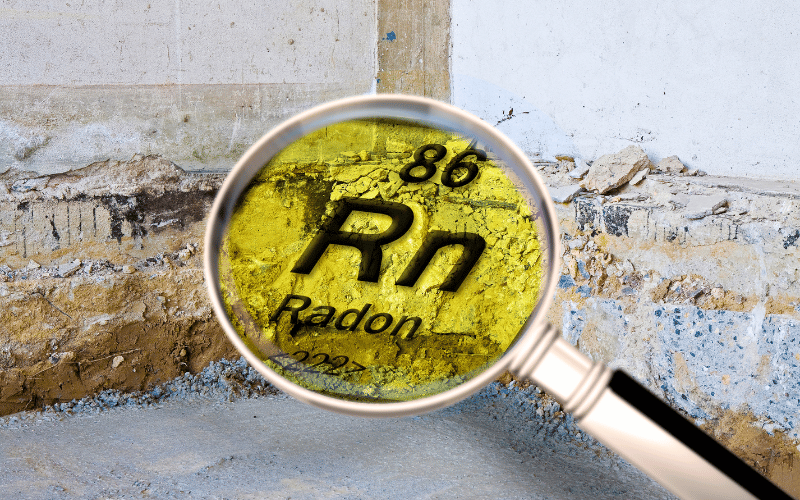2. Exposure to Radon Gas: The Invisible Threat

Radon is a naturally occurring radioactive gas that you can’t see, taste, or smell. It’s a product of uranium decay in soil and rocks, making its way into the atmosphere. The frightening aspect is how easily radon can infiltrate our homes, creeping in through cracks in the floor, walls, or even from the tap water.
Concentration levels can vary, but what stays constant is the risk. Radon decays to form heavy metal byproducts. When inhaled, these byproducts can attach to lung tissue and emit radiation, damaging the lung cells. The radioactive decay of radon produces alpha particles, which have a significant ionizing capacity, meaning they can wreak havoc at the cellular level.
This issue isn’t discussed as much as it should be, perhaps because radon exposure doesn’t produce immediate symptoms. There’s no coughing, no sense of discomfort, nothing that screams ‘immediate danger,’ yet the effects are long-term and potentially fatal. Studies have shown a clear correlation between high radon levels and lung cancer, making it the second most common cause of the disease.
Residential radon exposure accounts for about 21,000 lung cancer deaths per year. Shockingly, even non-smokers account for 2,900 of this yearly toll. The Environmental Protection Agency (EPA) and the Surgeon General recommend that all homes below the third floor be tested for radon, highlighting the importance of awareness.
Elevated radon concentrations aren’t a quick fix, but they’re certainly not a life sentence. Various mitigation systems exist to reduce levels, involving straightforward alterations to your home. A simple venting system can drastically lower radon levels, making your home safer for you and your family. (2)